Г. В. Царева
 Скачать 1.52 Mb. Скачать 1.52 Mb.
|
1995: Windows 95Windows 95 was the successor to the three existing general-purpose desktop operating systems from Microsoft – Windows 3.1, Windows for Workgroups, and MS-DOS. Windows 95 integrated a 32-bit TCP/IP (Transmission Control Protocol/Internet Protocol) stack for built-in Internet support, dial-up networking, and new Plug and Play capabilities that made it easy for users to install hardware and software. The 32-bit operating system also offered enhanced multimedia capabilities, more powerful features for mobile computing, and integrated networking. 1998: Windows 98Windows 98 was the upgrade from Windows 95. Described as an operating system that “Works Better, Plays Better”, Windows 98 was the first version of Windows designed specifically for consumers. With Windows 98, users could find information more easily on their PCs as well as the Internet. Other ease-of-use improvements included the ability to open and close applications more quickly, support for reading DVD discs, and support for universal serial bus (USB) devices. 1999: Windows 98 Second EditionWindows 98 SE, as it was often abbreviated, was an incremental update to Windows 98. It offered consumers a variety of new and enhanced hardware compatibility and Internet-related features. Windows 98 SE helped improve users' online experience with the Internet Explorer 5.0 browser technology and Microsoft Windows NetMeeting® 3.0 conferencing software. It also included Microsoft DirectX® API 6.1, which provided improve support for Windows multimedia, and offered home networking capabilities through Internet connection sharing (ICS). Windows 98 SE was also the first consumer operating system from Microsoft capable of using device drivers that also worked with the Windows NT business operating system. 2000: Windows Millennium Edition (Windows Me)Designed for home computer users, Windows Me offered consumers numerous music, video, and home networking enhancements and reliability improvements. For example, to help consumers troubleshoot their systems, the System Restore feature let users roll back their PC software configuration to a date or time before a problem occurred. Windows Movie Maker provided users with the tools to digitally edit, save, and share home videos. And with Microsoft Windows Media® Player 7 technologies, users could find, organize, and play digital media easily. Windows Me was the last Microsoft operating system to be based on the Windows 95 code base. Microsoft announced that all future operating system products would be based on the Windows NT and Windows 2000 kernel. 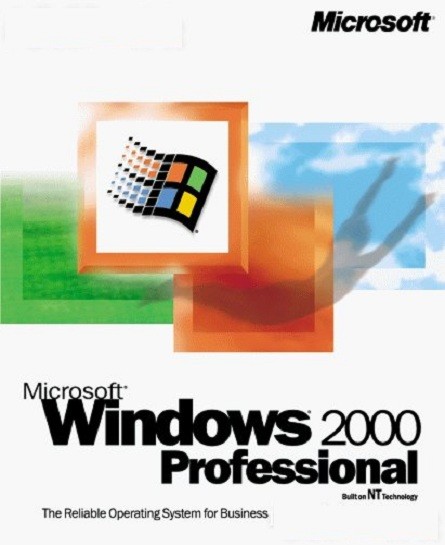 2000: Windows 2000 ProfessionalWindows 2000 Professional was designed to replace Windows 95, Windows 98, and Windows NT Workstation 4.0 on all business desktops and laptops. Windows 2000 added major improvements in reliability, ease of use, Internet compatibility, and support for mobile computing. Among other improvements, Windows 2000 Professional simplified hardware installation by adding support for a wide variety of new Plug and Play hardware, including advanced networking and wireless products, USB devices, IEEE 1394 devices, and infrared devices. 2001: Windows XP W 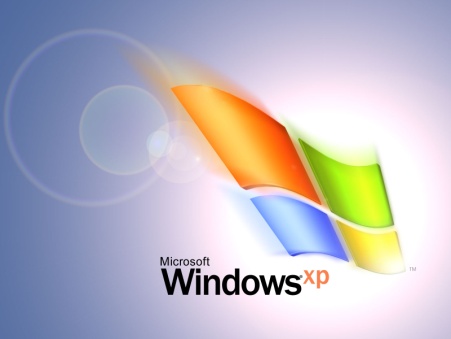 ith the release of Windows XP in October 2001, Microsoft merged its two Windows operating system lines for consumers and businesses, uniting them around the Windows 2000 code base. ith the release of Windows XP in October 2001, Microsoft merged its two Windows operating system lines for consumers and businesses, uniting them around the Windows 2000 code base.The “XP” in Windows XP stands for “experience”, symbolizing the innovative experiences that Windows can offer to personal computer users. With Windows XP, home users can work with and enjoy music, movies, messaging, and photos with their computer, while business users can work smarter and faster, thanks to new technical-support technology, a fresh user interface, and many other improvements that make it easier to use for a wide range of tasks. 2001: Windows XP Professional Windows XP Professional brings the solid foundation of Windows 2000 to the PC desktop, enhancing reliability, security, and performance. With a fresh visual design, Windows XP Professional includes features for business and advanced home computing, including remote desktop support, an encrypting file system, and system restore and advanced networking features. Key enhancements for mobile users include wireless 802.1x networking support, Windows Messenger, and Remote Assistance. Windows XP Home Edition offers a clean, simplified visual design that makes frequently used features more accessible. Designed for home users, the product offers such enhancements as the Network Setup Wizard, Windows Media Player, Windows Movie Maker, and enhanced digital photo capabilities. 2002: Windows XP Tablet PC Edition T 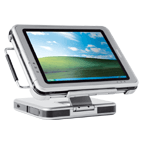 he long-held industry vision of mainstream pen-based computing became a reality when Microsoft unveiled the Windows XP Tablet PC Edition in November, 2002. The logical evolution of notebook computers, Tablet PCs include a digital pen for handwriting recognition capabilities, yet can be used with a keyboard or mouse, too. In addition, users can run their existing Windows XP applications. The result is a computer that is more versatile and mobile than traditional notebook PCs. he long-held industry vision of mainstream pen-based computing became a reality when Microsoft unveiled the Windows XP Tablet PC Edition in November, 2002. The logical evolution of notebook computers, Tablet PCs include a digital pen for handwriting recognition capabilities, yet can be used with a keyboard or mouse, too. In addition, users can run their existing Windows XP applications. The result is a computer that is more versatile and mobile than traditional notebook PCs.2006: Windows Vista Windows Vista is an operating system released in several variations developed by Microsoft for use on personal computers, including home and business desktops, laptops, tablet PCs, and media center PCs. Prior to its announcement on July 22, 2005, Windows Vista was known by its codename “Longhorn”. Development was completed on November 8, 2006. Windows Vista contains many changes and new features, including an updated graphical user interface and visual style dubbed Aero, a redesigned search function, multimedia tools including Windows DVD Maker, and redesigned networking, audio, print, and display sub-systems. Vista aims to increase the level of communication between machines on a home network, using peer-to-peer technology to simplify sharing files and media between computers and devices. Windows Vista includes version 3.0 of the NET Framework, allowing software developers to write applications without traditional Windows APIs. 2 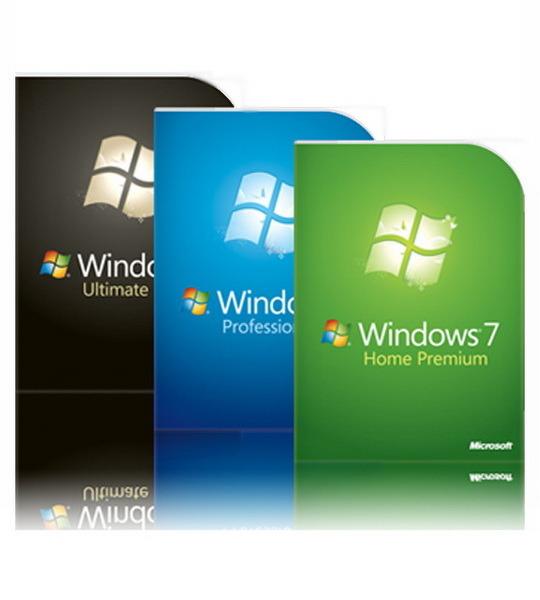 009: Windows 7 009: Windows 7Windows 7 is the latest release of Microsoft Windows, a series of operating systems produced by Microsoft for use on personal computers, including home and business desktops, laptops, netbooks, tablet PCs, and media center PCs. Windows 7 was released to manufacturing on July 22, 2009, and reached general retail availability on October 22, 2009, less than three years after the release of its predecessor, Windows Vista. Unlike its predecessor, Windows Vista, which introduced a large number of new features, Windows 7 was intended to be a more focused, incremental upgrade to the Windows line, with the goal of being compatible with applications and hardware with which Windows Vista was already compatible. Presentations given by Microsoft in 2008 focused on multi-touch support, a redesigned Windows shell with a new taskbar, referred to as the Superbar, a home networking system called HomeGroup, and performance improvements. Some standard applications that have been included with prior releases of Microsoft Windows, including Windows Calendar, Windows Mail, Windows Movie Maker, and Windows Photo Gallery, are not included in Windows 7; most are instead offered separately at no charge as part of the Windows Live Essentials suite. 4. Study the information about some other operating systems. U 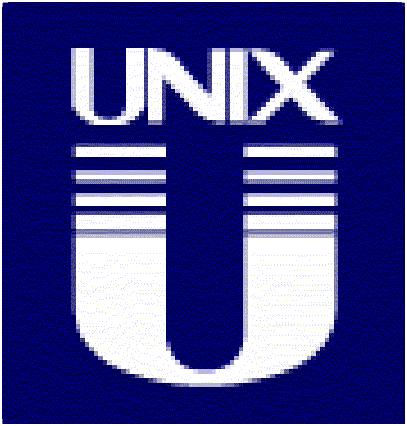 nix nixUnix is an operating system that originated at Bell Labs in 1969 as an interactive time-sharing system. Ken Thompson and Dennis Ritchie are considered the inventors of Unix. The name (pronounced YEW-nihks) was a pun based on an earlier system, Multics. In 1974, Unix became the first operating system written in the C language. Unix has evolved as a kind of large freeware product, with many extensions and new ideas provided in a variety of versions of Unix by different companies, universities, and individuals. Unix operating systems are used in widely-sold workstation products from Sun Microsystems, Silicon Graphics, IBM, and a number of other companies. The Unix environment and the client/server program model were important elements in the development of the Internet and the reshaping of computing as centered in networks rather than in individual computers. Linux, a Unix derivative available in both “free software” and commercial versions, is increasing in popularity as an alternative to proprietary operating systems. L 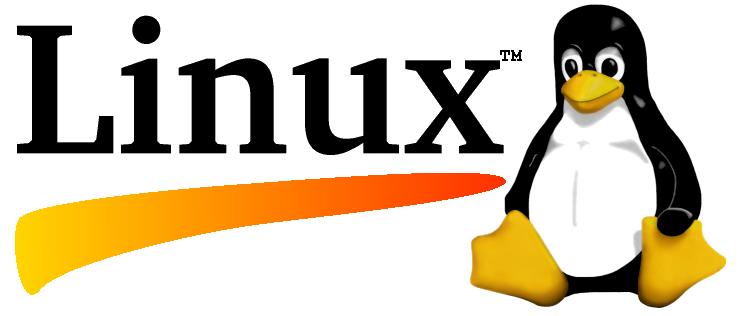 inux inuxLinux is a Unix-like operating system that was designed to provide personal computer users a free or very low-cost operating system comparable to traditional and usually more expensive Unix systems. Linux has a reputation as a very efficient and fast-performing system. Linux's kernel (the central part of the operating system) was developed by Linus Torvalds at the University of Helsinki in Finland. Unlike Windows and other proprietary systems, Linux is publicly open and extendible by contributors. Because it conforms to the Portable Operating System Interface standard user and programming interfaces, developers can write programs that can be ported to other operating systems. Linux comes in versions for all the major microprocessor platforms including the Intel, PowerPC, Sparc, and Alpha platforms. It's also available on IBM's S/390. Linux is distributed commercially by a number of companies. A magazine, Linux Journal, is published as well as a number of books and pocket references. Linux is sometimes suggested as a possible publicly-developed alternative to the desktop predominance of Microsoft Windows. Although Linux is popular among users already familiar with Unix, it remains far behind Windows in numbers of users. However, its use in the business enterprise is growing. |
